9 Factors that Make You Forget Cummins ISX Years to Avoid with Miles
We can agree that Cummins produces legendary engines. Yet, there are a few Cummins ISX years to avoid. The dip in quality came between 2002 and 2007. The downgrade was because of manufacturing standards set by environmental protection authorities.
New rules forbid companies to use certain parts, making the engines expensive and difficult to repair. We have prepared this article so you can purchase from the best model years, read the pros and cons of the models, determine the issues of engines, and more. Let’s turn the ignition!
Table of Contents
An Insight into Cummins ISX Engine Years to Avoid
According to the majority of reviews by users post-2002 and up to 2007 Cummins engines have been bad. Whether the engine produced from 2002 to 2004 or from 2005 to 2007 were the worst years remains debatable.
2002 to 2007 model years had issues with Turbocharger, EGR, Camshaft, timing wedge problems, and cylinder liners. These are reflected by overheating of the engine, coolant leaking, and unusual decrease in pressure.
However, Cummins’ diesel engines evolved and returned to their well-earned name. It introduced Cummins ISX 15. Its impressive specs, speak for themselves. Have a look:
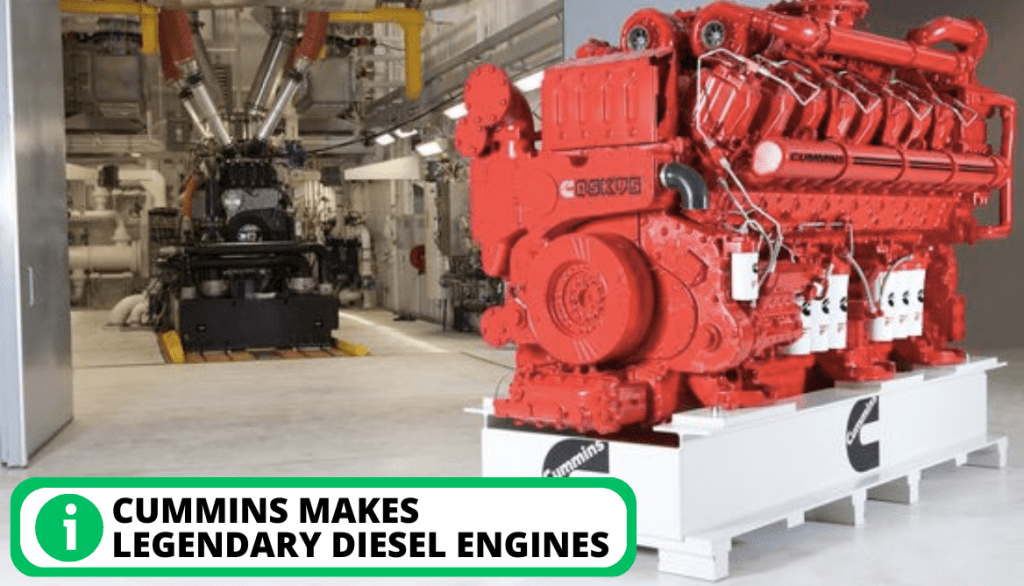
Cummins ISX Specs
Following are the detailed specs:
Horsepower (Advertised): | 400 to 600 (298 to 477 kW) |
Peak Torque: | 1450 lb-ft to 2050 lb-ft (1966 to 2779 newton-meter) |
Governed Speed: | 2000 RPM |
Clutch Engagement Torque: | 1000 lb-ft (1356 newton-meter) |
Number of Cylinders: | 6 |
Oil System Capacity: | 14 Gallons (52.9 Litres) |
System Weight: | 3186 lb (1445 kg) |
Engine (Dry): | 2964 lb (1344 kg) |
After Treatment System: | 222 lb (101 kg) |
Certification: | EPA 2010 |
Production Years for Cummins ISX
The Cummins ISX engine was introduced in 2001 It replaced the N14 due to the rules set by the environmental protection authority. The rules were set to reduce emissions.
- Later models of the ISX series had further changes in order to keep up with the restrictions of the EPA.
- It included using a single-cam instead of a dual-cam and the addition of a cooled EGR system.
- These renditions came at cost of a reduction in quality and an increase in price.
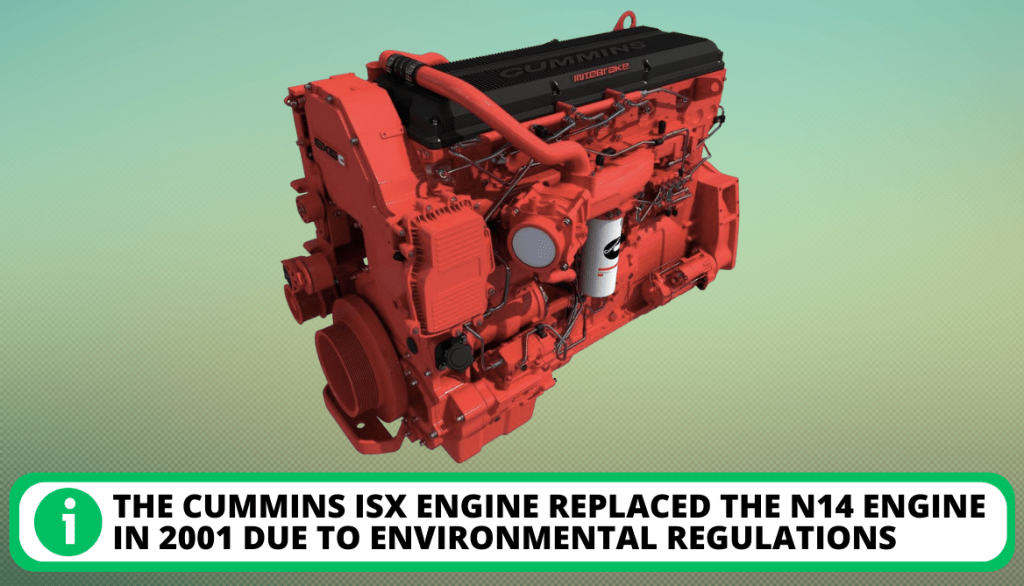
Upgrades and Comeback
Cummins had to embed major upgrades in order to get back into the good books of the users. In 2010 after the launch of the new version of the ISX15, the Cummins engines again became the crowd favorite.
Not only the specs were better but they also had improved Exhaust Gas Recirculation, Selective Catalytic Reduction, and lastly Diesel Exhaust Fluid in accordance with EPA 2010.
Best Model of Cummins ISX Engines
The series after 2010 would serve you great. Also, if you are looking for the best in the ISK engine series, go for the latest ISK15. It is credited as the top of our list due to its enhanced fuel efficiency and EPA emission technology. Its state-of-the-art components include the following.

- Cooled Exhaust Gas Recirculation: The addition of this helped the engine block with recirculation resulting in lower temperatures. This meant fewer emissions and optimized MPG.
- Low Maintenance: Cummins diesel engines do not require frequent upkeep. It can go 15,000 miles without needing to change the oil or oil filter.
- Crankcase Ventilation System: The advanced CVS lasts longer than the third to fourth oil change. That is fairly long.
- High-Pressure Fuel Injection System: It is responsible for creating a clean combustion phase.
- Cummins Intebrake™: The brakes have an excellent 600 horsepower giving more control over the vehicle and less brake wear.
- Integrated Electronic Controls: After 2010, an ECM became mandatory for engines. The following are its functions:
- The after-treatment is managed by the engine control module (ECM).
- It synchronizes interconnections between the cooling fan, ABS, transmission, engine brake, and other parts.
- Dual Overhead Camshafts: The ISK engines produced before 2010 has this feature.
- 1st Camshaft: It is responsible for high-pressure fuel injection for clean power.
- 2nd Camshaft: It features lobes that are used to control the built-in engine brake. The intake and exhaust valves are also moved by the second set of camshafts.
- Single Overhead Camshaft: The ISK engines produced After 2010 have one camshaft. It uses a piston pump to infiltrate diesel.
- Mid-Stop Cylinder Liners: The top-notch cylinder liners can sustain coolant and changes in their formula.
- Variable Geometry Turbocharger: A movable nozzle on the turbocharger increases longevity. The electric activation of the device improves its responsiveness and control. The component provides a noticeable rise in RPM.
- Particulate filter: The addition of the filter enabled the engine block to cut down on the particulate matter.
What Components Cause Issues in Cummins ISX
We want to help you recognize the problems of the Cummins ISX engine. This is why we get into the details of what and where the performance issues lie. Read below.
1. Turbocharger Problem
One of the most crucial components of diesel engines is the turbocharger. They are in charge of supplying the inlet air required to increase engine performance.
The notorious turbo-lag problem is one of the most frequent issues that these turbochargers run into. The term “turbo lag” refers to the sluggish throttle response that occurs prior to the engine receiving additional power from the turbocharger.
Attention! Clogged filters, engine block failures, or problems with lubrication can all contribute to reduced fuel intake. The earlier the problem is identified and treated, the less likely it is that it will cause engine damage.
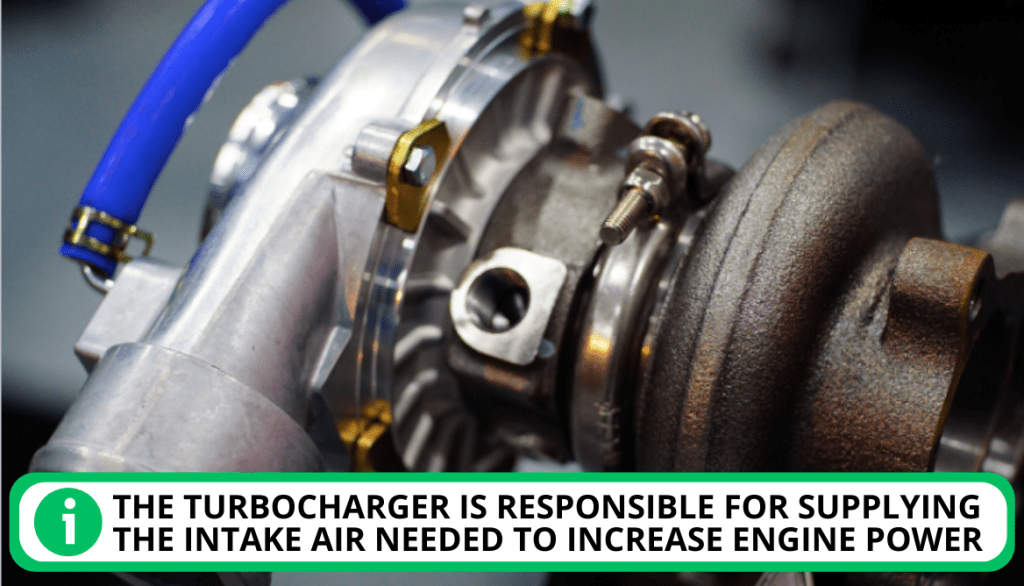
Diagnosing Turbo-charger Problems
To detect if your turbo-charger needs attention you should assess the following:
- If there is excessive oil consumption, there could be problems.
- In case of more than usual smoke emissions, get an expert involved immediately.
- If the shaft is loose, get it fixed right away.
- Observe if performance-related problems occur. Need it to check as soon as possible.
- If the turbo is low in power, it should be treated.
2. EGR Valve Problem
Nitrogen oxide is a hazardous substance that is produced by all engines. Due to tighter emission regulations, many automobiles include an EGR system and EGR valve that recycles gases released by the engine. As a result, the amount of nitrogen oxide released is reduced.
The EGR valve is the main component of the system. The operation and circulation of the system are affected when the EGR valve has a fault. This leads to issues with performance as well as a gain in nitrogen oxide emissions.
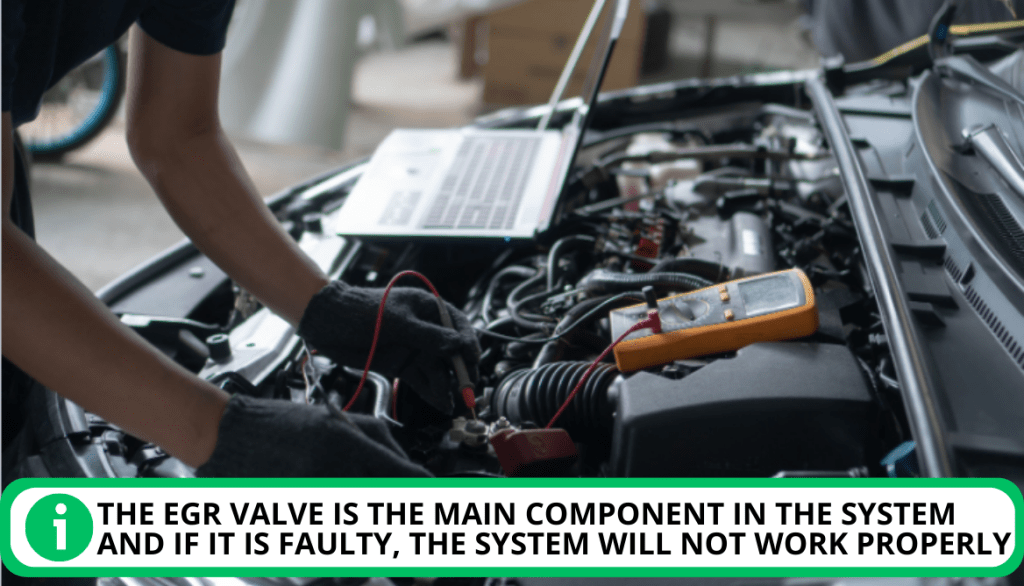
Diagnosing EGR Valve Problems
There could be various issues in exhaust gas recirculation and it’s valve (EGR valve) due to it being a complete system. Thankfully we have techniques to catch them. Here they are:
Engine Performance Problems
If you observe unsatisfactory engine performance such as bad fuel efficiency, or weaker acceleration, leaking EGR valve could be the root of the problem.
Check Engine Light
The “check engine” will light up if there are concerns with the circuit or EGR valve position.
Rough Idle
If you can sense rough idling as soon you turn the ignitions of your car and the RPMs fluctuate, it is a sign that you have a leaking EGR valve or the valves have some other faults.
3. Faulty Camshafts and Faulty Rocker Arms
The intake and exhaust valves are opened and closed by a rotating shaft or piston known as a camshaft. It relies on the engine’s speed, load, and throttle position.

- Engine block issues are mostly brought on by camshaft dysfunction.
- Faulty rocker arms are often the cause of camshaft problems in the Cummins engine.
- Arms hit the cam lobes, flattening them when there is insufficient and proper oil flow. This ends up harming or even blowing up the engine.
Unfortunately paying attention to the engine performance is the only way to catch if the camshaft is troubling. On the plus side, however, just replacing the camshaft or faulty rocker arms will fix the problem.
4. Timing Wedge Problems
The timing wedge refers to the metal component that is placed between the cam gears. Its purpose is to capture the dripping oil from the cam.
It collects the droplets and then throws them back up to cam lobes to keep them lubricated. It compresses the oil found in the sump to enable it for passing through the pump housing and into the engine block.
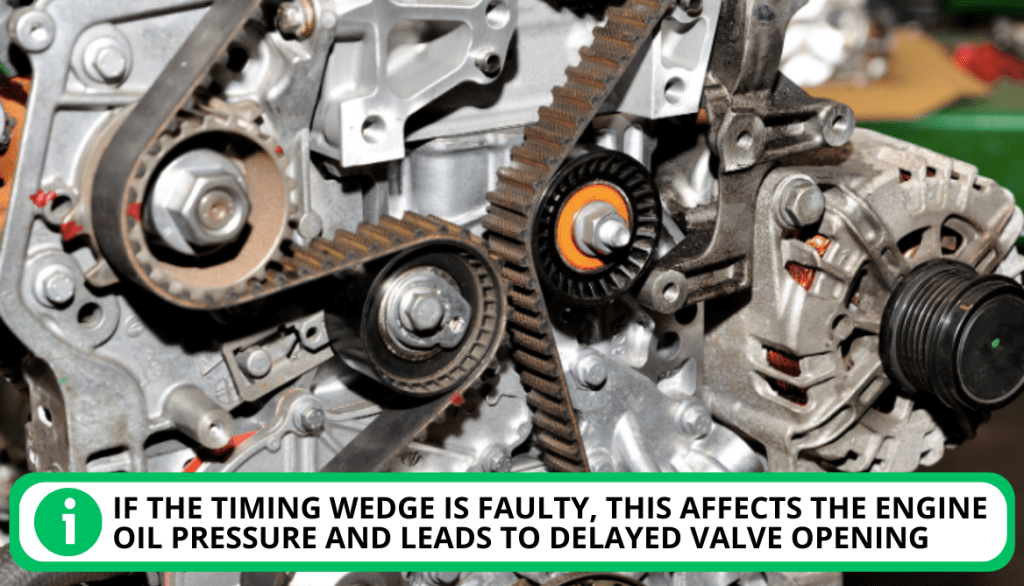
- If the timing wedge malfunctions it affects the oil pressure in the engine.
- It results in delaying the opening of the valves.
- You must replace your oil filter if the timing wedge is giving you trouble.
Head to your local adrenaline diesel repair shop or search Cummins ISX engine experts online that are near your place and provide assistance fast.
5. Problems with Cylinder Liners
The four-cylinder head liners are engineered to perform along with Cummins ISX engines. Yet, there is a chance of the engine suffering significant damage if the cylinder liners fall into the borehole.
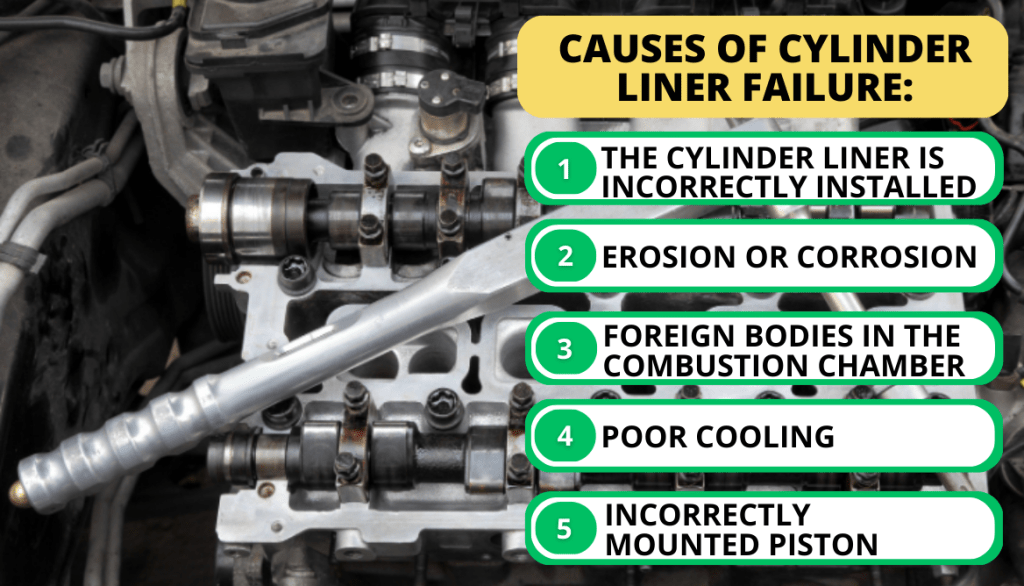
The signs of an ill-performing cylinder liner are shown via a decrease in pressure, leaking coolant, and overheating of the engine. The causes of the cylinder liner breaking could be one of the following:
- The cylinder liner was installed incorrectly.
- Due to erosion or corrosion.
- Because of foreign objects present in its combustion space.
- Due to poor cooling.
- Wrongly fitted piston.
6. Clogged Diesel Particulate Filter
An essential component of the 6.7 Cummins engine’s exhaust system is the diesel particulate filter.
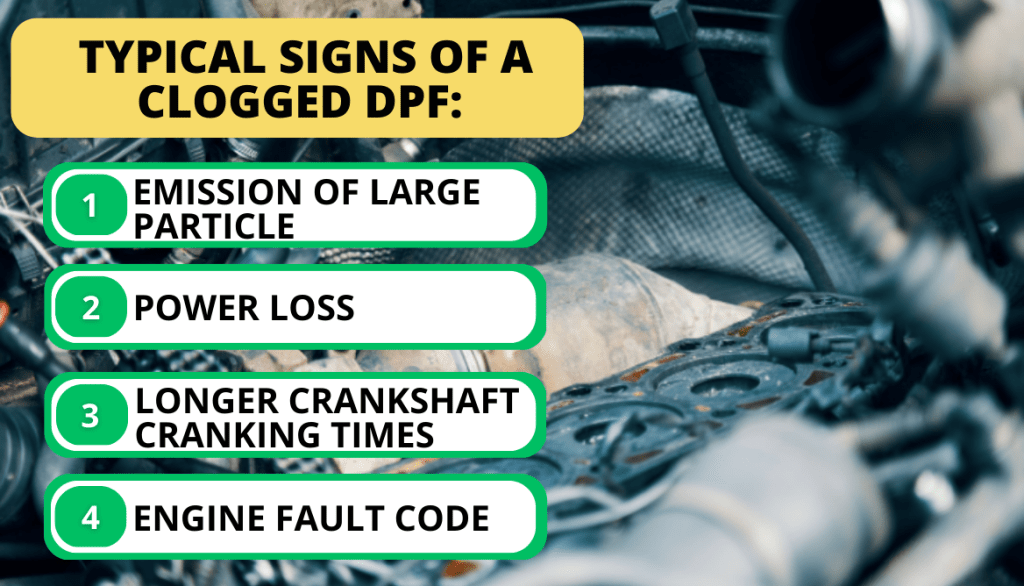
- Early models of this engine have a tendency to emit more particles, which can quickly clog this filter.
- Power loss, increased crank times, and engine trouble codes are a few typical signs of a clogged DPF.
- These problems are brought on by the engine’s inability to breathe correctly due to a blocked diesel particulate filter.
An affordable but temporary solution to this problem is to clean the filter. Alternatively, you can spend about $1000 for a restored one. Some customers choose to completely replace the truck’s exhaust system with an aftermarket one to fix it.
Note: You will be able to reduce the possible DPF blockage in the future, although you should know that it is against the law from an emissions control standpoint.
7. Fuel Dilution
Diesel engines are prone to fuel dilution due to the way they operate. However, the 6.7 Cummins is known to be more susceptible to it than some other engines.
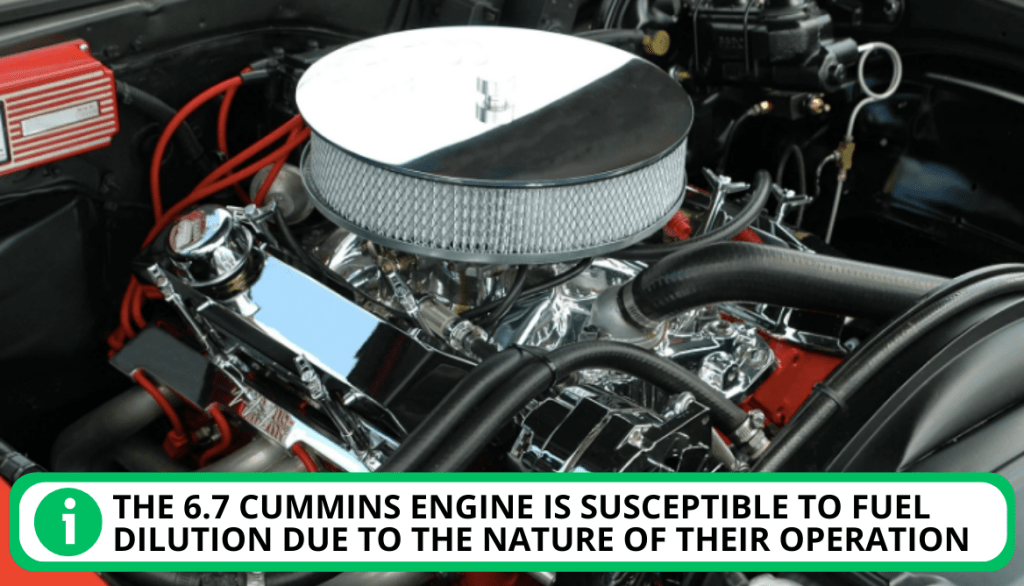
- To address this issue, Dodge has set an acceptable fuel dilution limit of 5% for the 6.7 Cummins engine.
- If it exceeds this limit, this would be an indication of a problem that requires repairs. This could mean a simple oil change to complex engine repairs or replacements.
- The owners should monitor the oil and fuel levels regularly. They should also have their vehicles serviced at regular intervals to prevent excessive fuel dilution.
8. Head Gasket Issues
A very good way to detect an issue with the head gasket is if white smoke starts to escape from the engine.

- The burnt coolant mixing with oil could also be a red flag along with engine overheating. You can also check this video for details on burnt coolant.
- If you have busted the head gasket, it can be heavy on your pocket. The repair can cost you a hefty amount from a hundred to a thousand dollars.
- It has been noted by a few users to upgrade the head studs and fire rings to prevent failure.
For more details watch this video.
Cummins Diesel Engines That Are Actually Great
Even in’s worst years, Cummins was able to put out engines that are worth the look. Many customers have been satisfied and would recommend them. Let’s have a look at those honorable mentions:
Cummins Engine (2004)
The Cummins ISX engine launched in 2004 performed fairly well. Its torque would be a minimum of 550 lb-ft and exceed 650 lb-ft. The engine oil capacity was impressive at 11.4 liters which allowed the drivers to hit the road, carefree.
Bottomline 2004 was better than its predecessors in comparison when it came to power and efficiency.
Cummins Engine (2008)
The amazing torque and horsepower had drivers raging for this one. It had 1000 lb-ft and 350 to 400 horsepower respectively. The popularity was also due to the vehicle it came with. A four-door, huge pickup truck with an advanced power train.
Cummins Engine (2011)
In 2011 the powerful engine ranges introduced by Cummins had Electronic Stability Control. That provided the vehicles with control and better maneuvering.
Cummins Engine (2019)
The latest ISX engines unsurprisingly are worth the money. These are famous among the drivers due to them featuring new trim levels and technological components that were added. This could even power bigger and heavy trucks making it a good engine choice, to say the least.

Cummins ISX Engine – The Preferred Choice for Drivers
From professional truck drivers to auto enthusiasts, Cummins engines are commonly regarded as the finest in the business. What are the features that let them gain everyone’s trust? Let’s find out!
Impressive Torque
Compared to other automobiles on the road today, Cummins engines offer higher torque, increasing the truck’s potential for pulling and towing.
Longevity & Durability
The Cummins Corporation manufactured these engines with power and dependability at the forefront of its design.

- In order to ensure long-term durability, Cummins makes the block and head of these engines out of iron and employs a steel timing gear.
- The lifespan of the engine may be expected to be 400,000 miles or more without any alterations or aftermarket components.
- There are some customers who even crossed the million-mile mark!
Cummins ISX Reviews
The reviews by the public have been mixed. There are few who have loved the engine series and their trucks have lasted for years, meanwhile, some would not give their time of day to it.
The ISX series had a lot on its shoulders and after EPA placed new restrictions it failed to impress many. The cursed years continued until 2007. After the phasing out of the 2007 model year, Cummins gained back its lost reputation.
We want to share some of the most upvoted reviews for credibility. Read below.
Reviews
The following reviews are given by drivers and vendors. Do check out the embedded videos to further learn about their experiences. Let’s have a look.
- One of the drivers says, that he has driven DD15 and Cummins ISX. The latter requires less maintenance and services. It is more reliable and it does not burn his wallet much.
- One seller who sold over 100 in 2 years says that there have been no complaints and positive feedback from the customers. The only issue one customer came with was the EGR cooler.
- On the other hand, some vendors have been told that Cummins ISK is having issues with rough idling and fuel pump. However, no injector problems are found in Volvo.
Bottomline
Some hardcore fans still do not think Cummins ISK production line is as good as N14 if not better. The difference comes from pollution reduction devices the new ISK engines have but the majority agrees that they can rely on the ISK engines.
Cummins ISX Diesel Engines – Good or Bad
The Cummins ISX had a bad run during the early 2000s. You can read about it in the specifics in our section “Cummins ISX Engine Years to Avoid”. In the same section, you can view the commendable specs of the engine and note that it is indeed a great one.
Cummins ISX did overcome its problems and the newer production line of diesel engines was more than impressive. If you are planning to invest in Cummins engines go for ISK15 or above. Nowadays most truck drivers and RV owners are trusting the Cummins ISX so it is a safe bet.
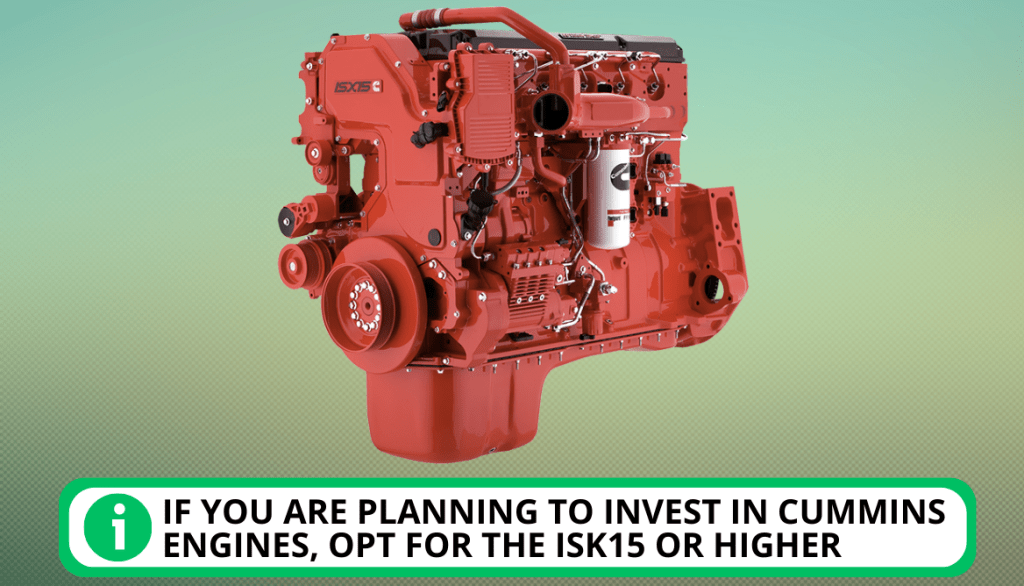
Running Miles of a Cummins ISX Engine
Cummins engines are jaw-dropping when it comes to the number of miles they can give.
- There are users who have already completed 600,000 miles and will be further adding. This figure would be before the engine is replaced or repaired.
- A driver claimed that he has driven 500,000 miles himself when his truck was already driven 231,000 miles by a previous owner. The million miles club member dreams of stretching his record to 2,000,000 miles.
The lifespan of your engine will ultimately depend upon your driving conditions. 2 or even 3 of the cylinder head pumps will last up to 400, to 000 miles. Although replacing them can cost you $6,000.
Cummins ISX Life Expectancy
The life expectancy of a Cummins ISX diesel engine depends on how much you drive it in a year. An engine that has done 20,000 miles a year only, can go up to 30 years in life. The motor that is being used for 100,000 miles a year will last 6 to 10 years.
It depends on your upkeep and regular maintenance too. If your usage is rough, and the engine is put under a lot of strain, it will exhaust in much fewer years than it should. Cummins ISX can last up to 1,000,000 miles easily but be sure to use it right and avoid engine damage.

The EGR Implementation in Cummins ISX Engine
The engine that was without EGR were 2002 models. This implies that any motor built before 2002 won’t experience any EGR issues. You can cross that one typical issue off your list.
- Several folks thought the models from before 2003 were significantly superior.
- This is due to their awareness of the performance gap between the model years prior to and following 2003.
- The engines likely outperformed the N14 versions, which are regarded as some of Cummins’ greatest engines.
But some of the best engines tend to become damaged due to the implications of EPA rules, increasing their cost and difficulty to repair.
Our Verdict
While Cummins ISX has had a few bumps, it learned from its customer feedback. It developed engines that made it one of the leading manufacturers again.
You can select from 2009 and later models with trust but make sure to not overload the engine. Rough usage can reduce its life.
FAQ
What year did ISX Cummins start using EGR?
The year that ISX Cummins started using EGR was 2002. It helped lower NOx emissions.
What is the good year for Cummins?
The good year for Cummins is 2009 and later models. Although some regard 2002 as a good engine or the best one due to its low-priced repair parts.
What Cummins to avoid?
Cummins to avoid are 2002 to 2007 engine models. The torque and horsepower were good but engine performance problems ruined the models.
What is the fastest Cummins engine?
The “fastest Cummins engine” title is often given to the 6.7L Turbo Diesel engine.
What year did the Cummins ISX15 come out?
The year Cummins ISK15 came out was 2010. Its displacement is 14.9 Litres.
Conclusion
Our conclusion is simple. A newly produced Cummins ISX engine would be a valuable investment. You have to make sure to not select from the early to mid-2000s.
When you have made your purchase make sure to study how to maintain and take care of the engine to ensure you get maximum miles out of it with little need of repairing. Let us know in the comments which Cummins ISX engine model year will you be going for.

I`m a current Law Enforcement Officer working within the Counterterrorism Bureau in New York State. I have been Camping for over 20 years. My styles of camping include tent, car, truck, van, and RV travel trailer. I have a YouTube channel where I teach all types of camping with an entertaining method: https://youtube.com/@TheSmallsRVAdventures






